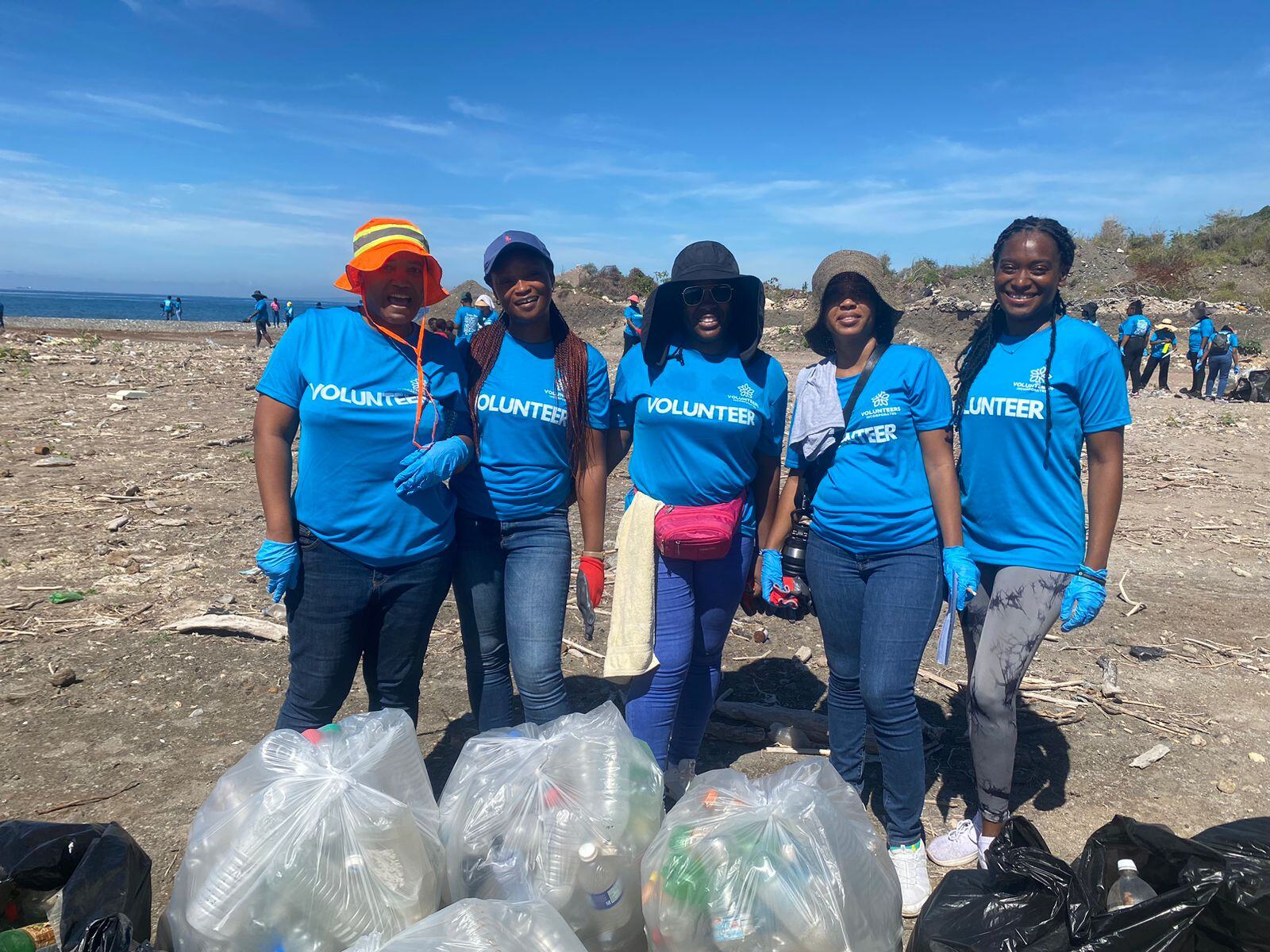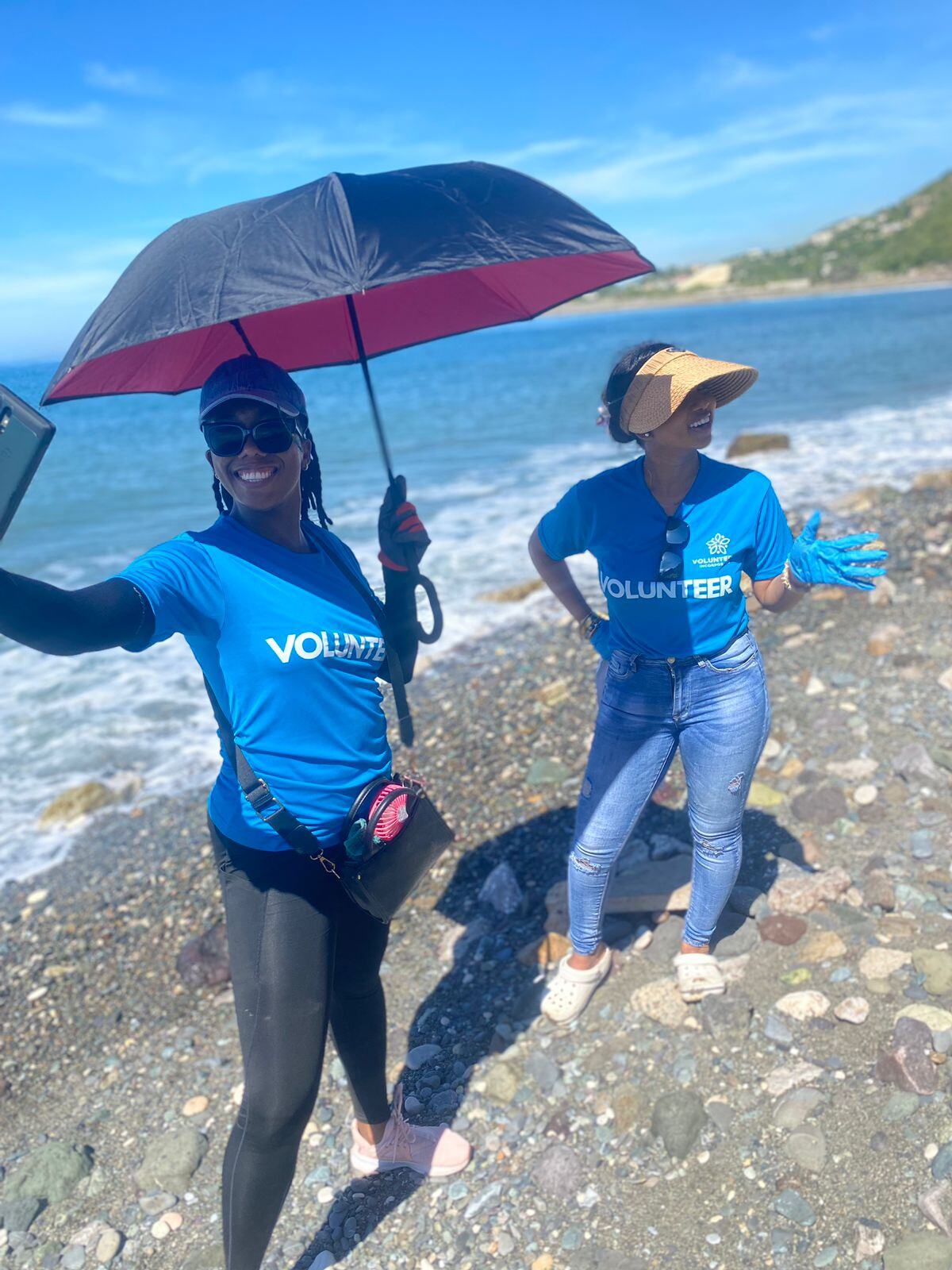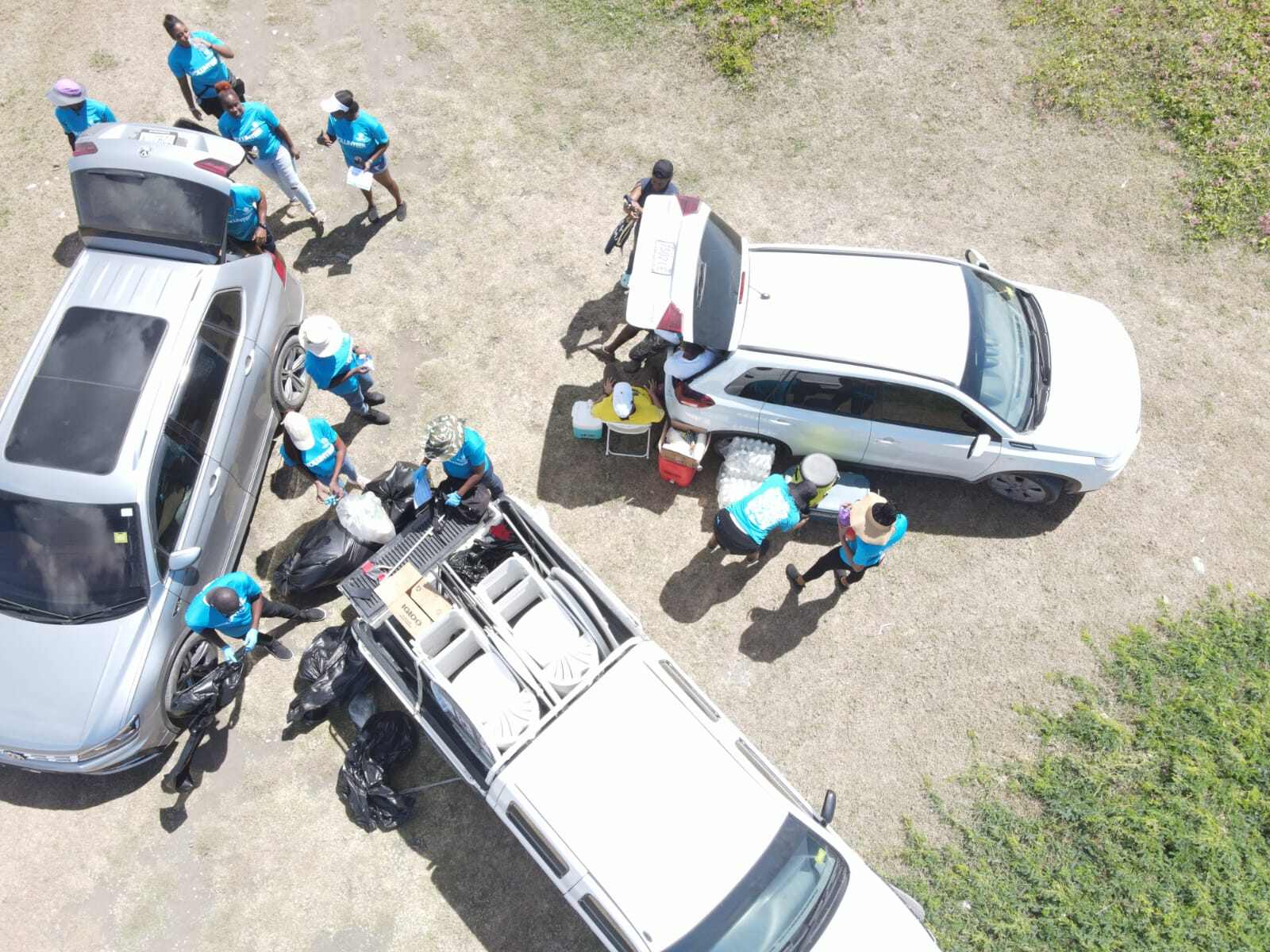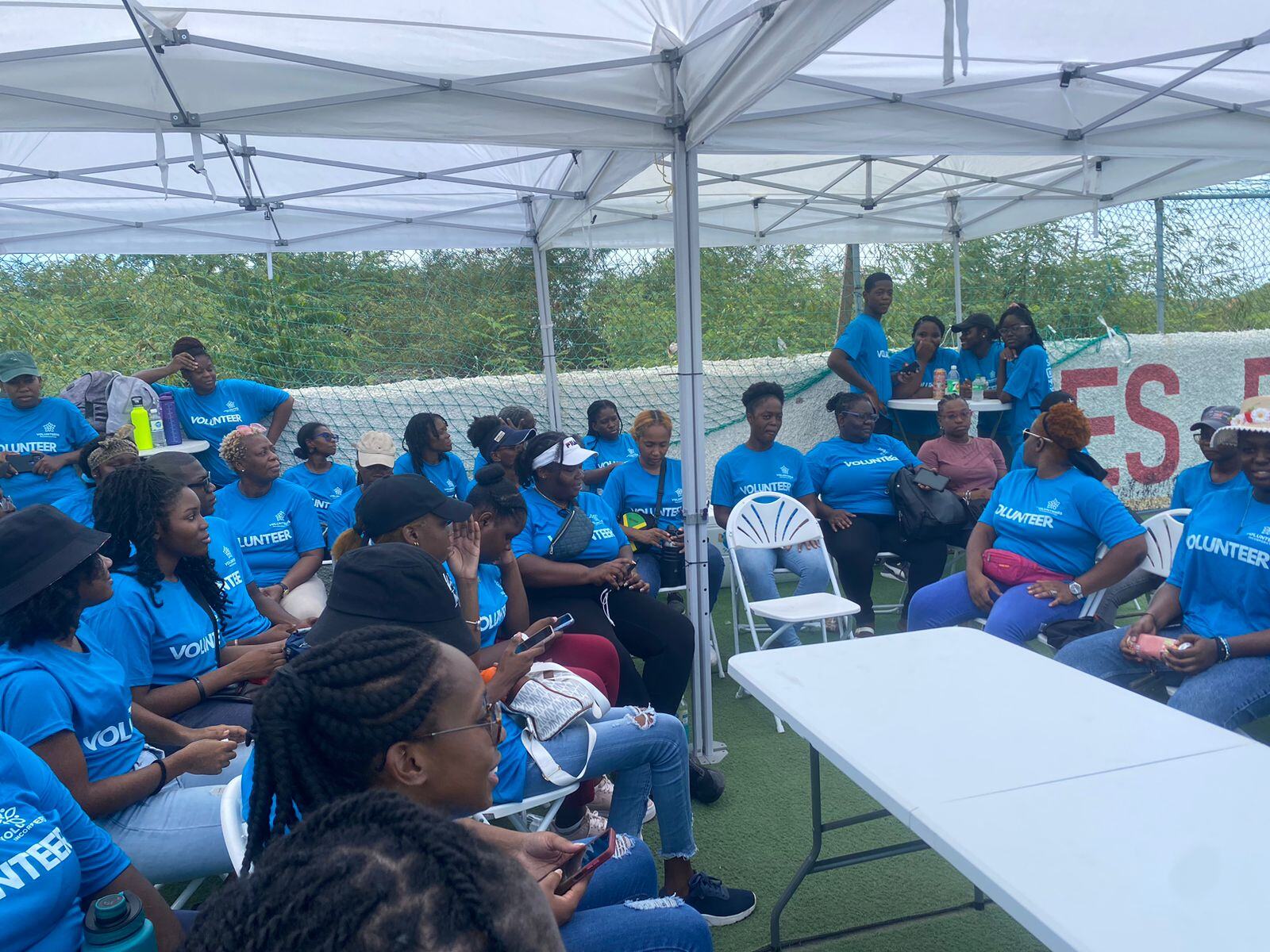Clean & Green Neighborhoods Initiative
Number of Children Impacted: 0 Project Expense to Date: $ 0.00
Overview
The Clean and Green Neighborhoods Project is an initiative by Volunteers Inc. aimed at improving the environmental health of Jamaican communities through targeted activities that promote sustainability, beautification, and ecological preservation. The project encourages both local and overseas volunteers to engage in efforts that transform neighborhoods into cleaner, greener, and more sustainable spaces, benefiting both the local environment and residents.
Key Objectives:
- Promote Environmental Stewardship: Foster a culture of environmental responsibility among residents by engaging them in community-driven projects.
- Enhance Community Well-being: Improve the quality of life through cleaner, more aesthetically pleasing public spaces.
- Raise Environmental Awareness: Educate the public on the importance of recycling, tree planting, and waste management.
- Support Sustainable Development Goals (SDGs): Align with Jamaica’s goals under the Vision 2030 National Development Plan, contributing to SDG 13 (Climate Action), SDG 14 (Life Below Water), and SDG 15 (Life on Land).
Key Activities:
-
Beach Cleanups
- Targeting key areas such as Bob Marley Beach, Hellshire Beach, and Bull Bay.
- Involvement of local residents, students, and corporate entities in cleaning up trash and reducing marine pollution.
- Organizing regular educational sessions about the harmful effects of plastic pollution on marine life.
- Impact: Reduction in waste reaching the ocean, cleaner recreational spaces, and long-term improvement in marine biodiversity.
-
Recycling Projects
- Placement of recycling bins in key community hubs, schools, and public spaces to encourage proper waste sorting and disposal.
- Collaborating with recycling companies to ensure proper collection and processing of recyclable materials.
- Community workshops on recycling, waste reduction, and reusing materials to reduce landfill waste.
- Impact: Reduction in waste generated by communities and a decrease in landfill usage.
-
Creating Community Green Spaces
- Partnering with local government, community leaders, and residents to turn vacant lots into parks and green spaces.
- Involvement of landscape architects to design spaces that include benches, walking paths, gardens, and play areas for children.
- Regular community engagement to maintain these spaces, ensuring their sustainability.
- Impact: Increase in communal spaces for socialization, relaxation, and recreation, improving mental and physical health.
-
Tree Planting Initiatives
- Targeting schools, public spaces, and rural areas to increase tree coverage and combat deforestation.
- Collaborating with local nurseries, environmental groups, and schools to plant a variety of trees native to Jamaica, such as Blue Mahoe and Lignum Vitae.
- Offering educational sessions on the importance of trees for climate regulation, biodiversity, and air quality.
- Impact: Enhanced biodiversity, better air quality, and contribution to Jamaica's carbon reduction efforts.
-
Nature Preservation and Restoration
- Engaging volunteers in the restoration of degraded ecosystems, including mangroves and forested areas.
- Working with conservation organizations to identify areas in need of habitat restoration.
- Organizing cleanups and awareness campaigns focused on protecting Jamaica’s unique flora and fauna.
- Impact: Preservation of endangered species, protection of natural resources, and improved ecosystem health.
Project Implementation Phases:
-
Phase 1: Planning and Partnerships
- Identify key community locations and stakeholders (local councils, schools, businesses).
- Secure partnerships with government agencies like the National Environment and Planning Agency (NEPA) and the Ministry of Local Government and Rural Development.
- Set up volunteer committees and training sessions for managing each activity.
-
Phase 2: Public Awareness and Community Engagement
- Launch a public awareness campaign via social media, radio, and TV, promoting the importance of environmental protection.
- Host community meetings to get residents' input on green space development and clean-up activities.
- Partner with influencers and environmental activists to raise awareness.
-
Phase 3: Execution of Activities (Ongoing)
- Begin beach cleanups, tree planting, and recycling initiatives, starting with high-impact areas like urban centers and vulnerable coastal regions.
- Roll out community green spaces in both urban and rural areas.
- Coordinate monthly events with volunteers, businesses, and local residents.
-
Phase 4: Monitoring and Evaluation (Ongoing)
- Establish measurable goals (e.g., tons of waste removed, number of trees planted).
- Conduct post-event surveys and environmental impact assessments.
- Report outcomes to partners, funders, and community leaders.
Measuring Success:
The success of the Clean and Green Neighborhoods Project will be measured by:
- Environmental Impact: Amount of waste collected, number of trees planted, and the restoration of public green spaces.
- Community Engagement: The number of local and overseas volunteers, community members involved, and partnerships developed.
- Sustainability: Continued maintenance of green spaces and recycling initiatives by communities post-project.
Community and National Impact:
In the short term, this project will visibly improve the cleanliness and aesthetics of targeted communities, creating healthier living environments. Long-term outcomes include better community cohesion, increased environmental awareness, and improved public health, contributing to Jamaica’s Vision 2030 and the global Sustainable Development Goals.
Gallery
Duis aute irure dolor in reprehenderit in voluptate velit esse cillum dolore eu fugiat nulla pariatur. Ut enim ad minim veniam, quis nostrud exercitation ullamco laboris nisi ut aliquip ex ea commodo consequat. Integer malesuada nunc vel risus commodo viverra.




